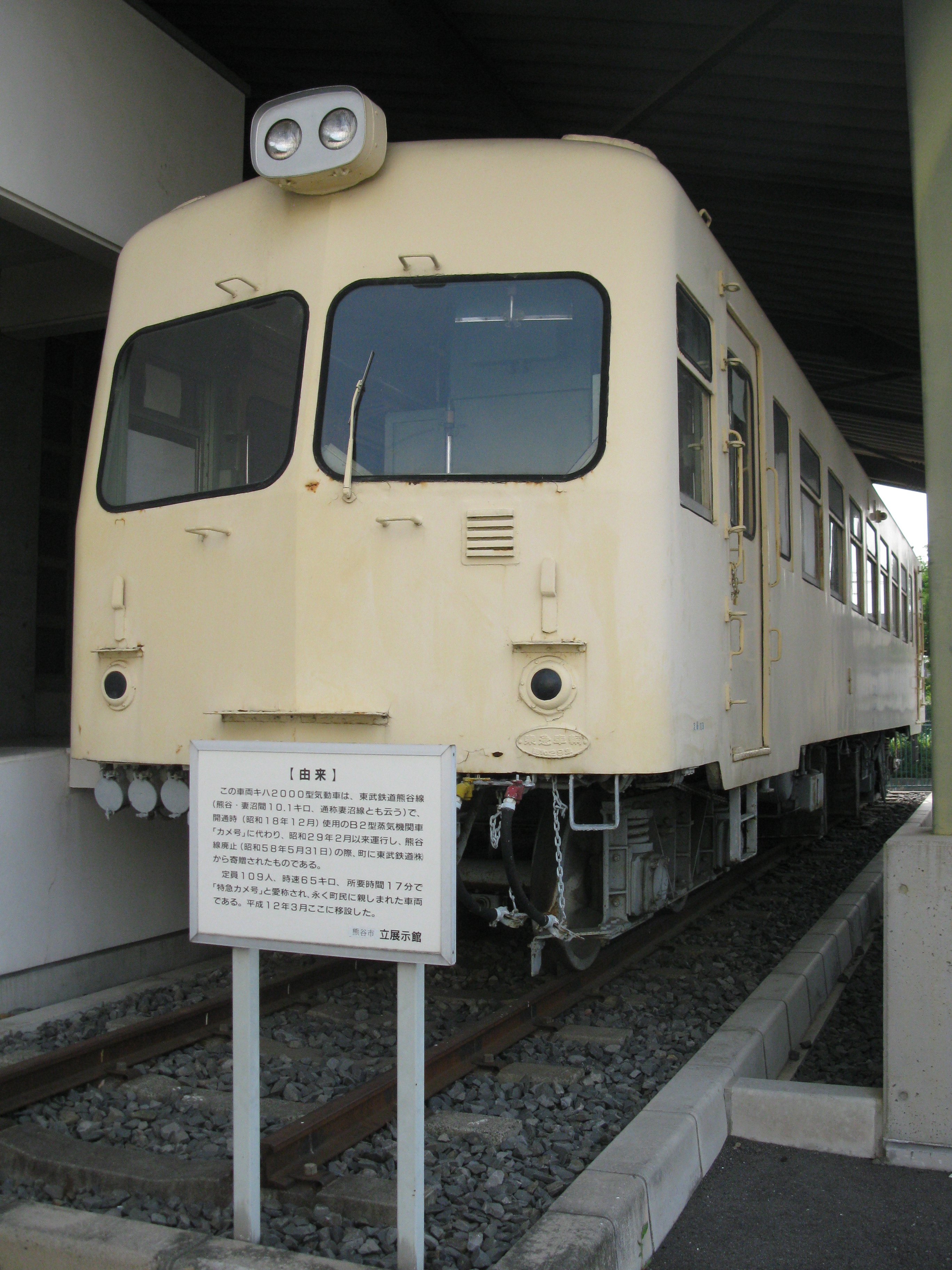Tobu Kumagaya Line on:
[Wikipedia]
[Google]
[Amazon]
The was a 10.1 km single-track line operated by
 The line was initially operated using Class B2 (ex-JNR Class 5300)
The line was initially operated using Class B2 (ex-JNR Class 5300)
Tobu Railway
is a Japanese commuter railway and ''keiretsu'' holding company in the Greater Tokyo Area as well as an intercity and regional operator in the Kantō region. Excluding the Japan Railways Group companies, Tobu's rail system is the second longes ...
, which ran from Kumagaya
is a city located in Saitama Prefecture, Japan. , the city had an estimated population of 195,277 in 87,827 households and a population density of 1200 persons per km². The total area of the city is .
Geography
Kumagaya is one of the largest c ...
to Menuma in Saitama Prefecture
is a landlocked prefecture of Japan located in the Kantō region of Honshu. Saitama Prefecture has a population of 7,338,536 (1 January 2020) and has a geographic area of 3,797 km2 (1,466 sq mi). Saitama Prefecture borders Tochigi Prefecture ...
between 1943 and 1983.
History
Construction of the line was planned during thePacific War
The Pacific War, sometimes called the Asia–Pacific War, was the theater of World War II that was fought in Asia, the Pacific Ocean, the Indian Ocean, and Oceania. It was geographically the largest theater of the war, including the vast ...
to provide transportation for the military supply factories located in the area. It opened on 5 December 1943, although the shortage of materials during the war meant that the rails for the line had to be procured by singling the Tobu Nikko Line
is a Japanese commuter railway and ''keiretsu'' holding company in the Greater Tokyo Area as well as an intercity and regional operator in the Kantō region. Excluding the Japan Railways Group companies, Tobu's rail system is the second longes ...
between Kassemba and Tobu Nikko Stations. The original plan to extend the line beyond Menuma over the Tone River
The is a river in the Kantō region of Japan. It is in length (the second longest in Japan after the Shinano) and has a drainage area of (the largest in Japan). It is nicknamed Bandō Tarō (); ''Bandō'' is an obsolete alias of the Kantō ...
to the freight terminal at Shin-Koizumi (on the now closed Sengokugashi Freight Line extending from the Tobu Koizumi Line
is a Japanese commuter railway and '' keiretsu'' holding company in the Greater Tokyo Area as well as an intercity and regional operator in the Kantō region. Excluding the Japan Railways Group companies, Tobu's rail system is the second long ...
at Nishi-Koizumi) was cancelled following the end of the war.
The line was not linked to any other Tobu lines, and remained unprofitable. It was finally closed on 31 May 1983.
Some of the former Kumagaya Line track remains in situ between Kumagaya and Kami-Kumagaya on the Chichibu Main Line
The is a railway line in Japan, owned by the private railway operator Chichibu Railway, linking and , both in Saitama Prefecture.
Stations
;Legend
* ● - All trains stop
* ○ - Some trains stop
* ▲ - Some trains pass
* ▼ - Trains ...
, as does one of the concrete piers for the planned Tone River bridge, on the Gunma Prefecture
is a prefecture of Japan located in the Kantō region of Honshu. Gunma Prefecture has a population of 1,937,626 (1 October 2019) and has a geographic area of 6,362 km2 (2,456 sq mi). Gunma Prefecture borders Niigata Prefecture and Fukushima ...
side of the river.
Stations
''Source:'' Notes:Rolling stock
 The line was initially operated using Class B2 (ex-JNR Class 5300)
The line was initially operated using Class B2 (ex-JNR Class 5300) Beyer, Peacock & Company
Beyer, Peacock and Company was an English railway locomotive manufacturer with a factory in Openshaw, Manchester. Founded by Charles Beyer, Richard Peacock and Henry Robertson, it traded from 1854 until 1966. The company exported locomotives, ...
-built steam locomotives (numbers 27 and 28, ex-JNR 5312 and 5313) hauling former DeHa 1 electric cars converted to non-powered passenger coaches. A fleet of three new KiHa 2000 series diesel railcars built by Tokyu Car
is a manufacturer of heavy rail cars in Japan, formerly known as . The company is based in Kanazawa-ku, Yokohama, and a member of East Japan Railway Company (JR East) group. J-TREC manufactures rail vehicles not only for JR East and Tokyu Corp ...
was introduced from February 1954. These were initially painted in Japanese National Railways
The abbreviated JNR or , was the business entity that operated Japan's national railway network from 1949 to 1987.
Network Railways
As of June 1, 1949, the date of establishment of JNR, it operated of narrow gauge () railways in all 46 pref ...
-style blue and cream, but from June 1963, they were repainted into the Tobu livery of "royal beige" and "international orange". From February 1972, the three railcars were repainted into the Tobu livery of all-over "sage cream".
See also
*List of railway lines in Japan
List of railway lines in Japan lists existing railway lines in Japan alphabetically.
The vast majority of Japanese railways are classified under two Japanese laws, one for and another for . The difference between the two is a legal, and not alwa ...
References
{{DEFAULTSORT:Tobu Kumagaya Line Kumagaya Line Rail transport in Saitama Prefecture 1067 mm gauge railways in Japan Railway lines opened in 1943 Railway lines closed in 1983